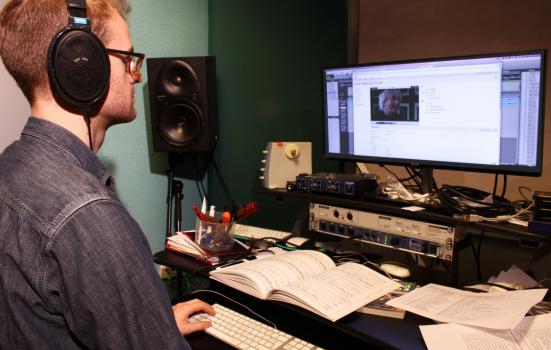Struggling with a growing library of video files, London Symphony Orchestra urgently needed a new system. Chris Rogers explains why a web-based solution was ideal.

At the London Symphony Orchestra (LSO) we have always been committed to bringing music to as far-reaching an audience as we can. In addition to our main stage performances our many activities include an education and community programme (LSO Discovery), a music education centre (LSO St Luke’s) and pioneering work in the field of digital music. For a long time we had recognised the potential for video to make work available to those audiences not able to attend in person. We had also witnessed a growing requirement generally for video content from across the entire orchestra, in particular supporting marketing activities and the orchestra’s record label. Then, with an emphasis on in-house video production and delivery, we found ourselves faced with a whole new set of challenges.
Now our entire organisation can navigate the software and search for files with ease
With limited expertise in video and editing video, how were we to go about organising our video content? In the early stages raw materials were stored on just a few computers and shared by many personnel at two different sites via private YouTube links. That gave us a number of security concerns. What if the link was accidentally made live before we were ready? Also the users responsible for filming and editing our video content had to gain access to the limited number of computers that held the video files, which caused a delay in getting the videos published. As the use of video grew, and with people across the organisation needing to gain access to our work for a variety of uses, it was becoming clear that the current system was less than ideal. To compound the problem, as we had so many files stored on multiple computers we struggled to manage and locate specific videos. With video now such an important part of what we do, a solution was clearly needed.
So what did we need? The videos had to be stored in one location that could be accessed by anyone. The new solution had to be secure, well organised so that the appropriate personnel would be able to find, edit or publish videos from their own computer, but most importantly it needed to be more efficient. We approached a systems integrator, who helped make the whole process much more efficient by installing a secure web-based system for managing video files. Being web-based ticked one of our major boxes as it would enable files to be stored and accessed easily by personnel. We are now able to send a simple link from within the software to other colleagues, regardless of where they are located. At the same time a number of rules and permissions has meant that only those responsible for editing are able to alter the videos. The whole system is based around an easy-to-use user interface, which could be adapted to our needs. Now our entire organisation can navigate the software and search for files with ease, and also see whether something needs to be reviewed or approved. A huge bonus was that the solution is also integrated with our existing editing platform – all videos and projects can be accessed via a one-click process from within the system and imported into the editing suite. Users who are working remotely can even gain access to the media files in an offline mode.
The new system has revolutionised the way we manage video creation, editing and distribution within the orchestra, making the process much more seamless and efficient. We can now concentrate on what we do best – creating and educating the public about high-quality music.
Chris Rogers is Digital Projects Manager at the London Symphony Orchestra.
lso.co.uk




